You reach for your nasal spray every few hours. What once cleared your nose for 12 hours now barely works for 2. You're trapped in a cycle where your nasal spray stopped working the way it used to, and stopping feels impossible. You're not alone, and there's a way out.
What You'll Learn
- Why your nasal spray stopped working and created worse congestion
- The science behind nasal spray addiction (rhinitis medicamentosa)
- A proven 7-day plan to break free from spray dependence
- Safe alternatives that reduce inflammation without rebound effects
- Real success story: how one person quit a 10-year Afrin habit
Breaking the Spray Trap: Why Decongestant Sprays Stop Working
Decongestant sprays like Afrin and Neo-Synephrine work by constricting blood vessels in your nose. This shrinks swollen tissue and opens airways. But here's the trap: your body adapts quickly.
When you use these sprays for more than 3 days, your blood vessels become dependent on the medication. Without it, they dilate even more than before. This creates worse congestion than you started with. You need the spray just to breathe normally.
This condition is called rhinitis medicamentosa, or rebound congestion. It's a form of nasal spray addiction that affects millions of people. The more you use the spray, the worse your natural congestion becomes.
The Vicious Cycle: How Nasal Spray Addiction Develops
The cycle starts innocently. You have a cold or allergies and use a decongestant spray. It works great for the first few days. But then you notice the relief doesn't last as long.
Your nose feels more stuffed when the spray wears off. So you use it more often. Soon you're using it every few hours, then every hour. Some people use it 10-20 times per day just to breathe.
This happens because your nasal tissues lose their ability to regulate blood flow naturally. They become completely dependent on the spray's chemicals. Without the medication, severe congestion returns within hours.
Your 7-Day Spray Freedom Plan
Breaking free from nasal spray addiction takes commitment, but it's absolutely possible. Here's a proven plan that makes withdrawal more manageable:
Days 1-2: Choose Your Method
Option 1: Cold turkey (stop completely). Expect severe congestion for 5-7 days.
Option 2: Gradual taper. Stop using spray in one nostril first, then the other after 3 days.
Days 3-4: Support Your Recovery
Use saline rinses 3-4 times daily to flush irritants and moisturize tissues. Consider red light therapy to reduce inflammation naturally. This makes withdrawal symptoms much more tolerable.
Days 5-7: Push Through
Congestion peaks around day 3-5, then improves rapidly. Sleep with your head elevated. Use a humidifier. Stay hydrated to thin mucus.
Safe Alternatives That Actually Work
Once you break free from decongestant sprays, you need safer long-term solutions. Saline sprays help but don't reduce inflammation. Steroid sprays like Flonase work well but take several days to show effects.
Red light therapy offers a promising alternative. The NoMore® Colds device uses specific wavelengths to reduce inflammation in nasal tissues. Unlike decongestant sprays, it doesn't cause rebound congestion or addiction.
One user shared: "I was addicted to Afrin for 10 years. I tried quitting cold turkey multiple times but always gave in. Using red light therapy during my gradual taper made the withdrawal bearable. I've been spray-free for 6 months now."
Moving Forward: Preventing Future Dependence
Never use decongestant sprays for more than 3 days. If you need longer relief, switch to steroid sprays or natural alternatives. Address underlying causes like allergies or sinus infections with proper treatment.
Remember: temporary discomfort during withdrawal leads to permanent freedom. Your nose will return to normal function, usually within 1-2 weeks. Replace addictive sprays with NoMore® Colds for safe, effective congestion relief that won't trap you in another cycle.



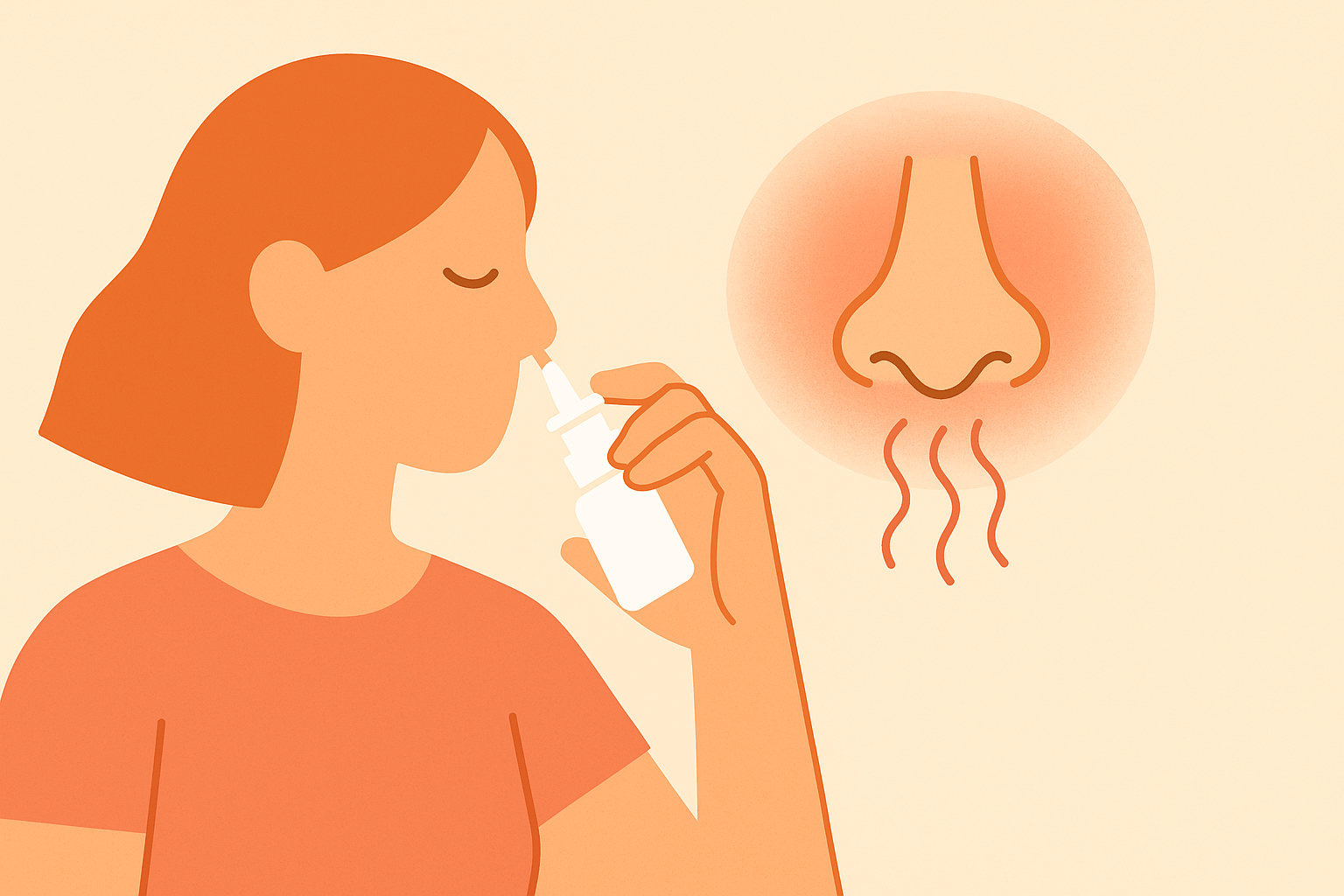
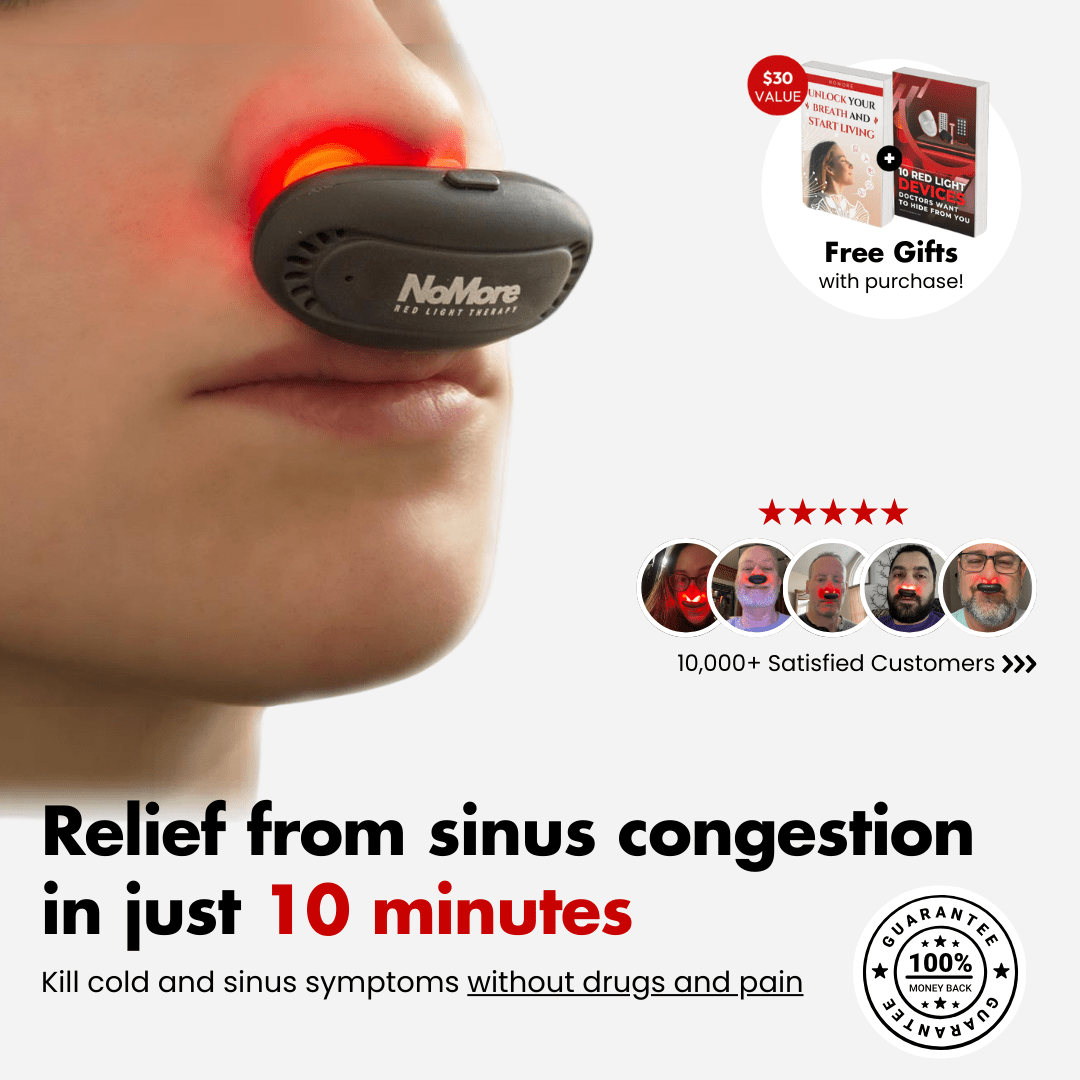

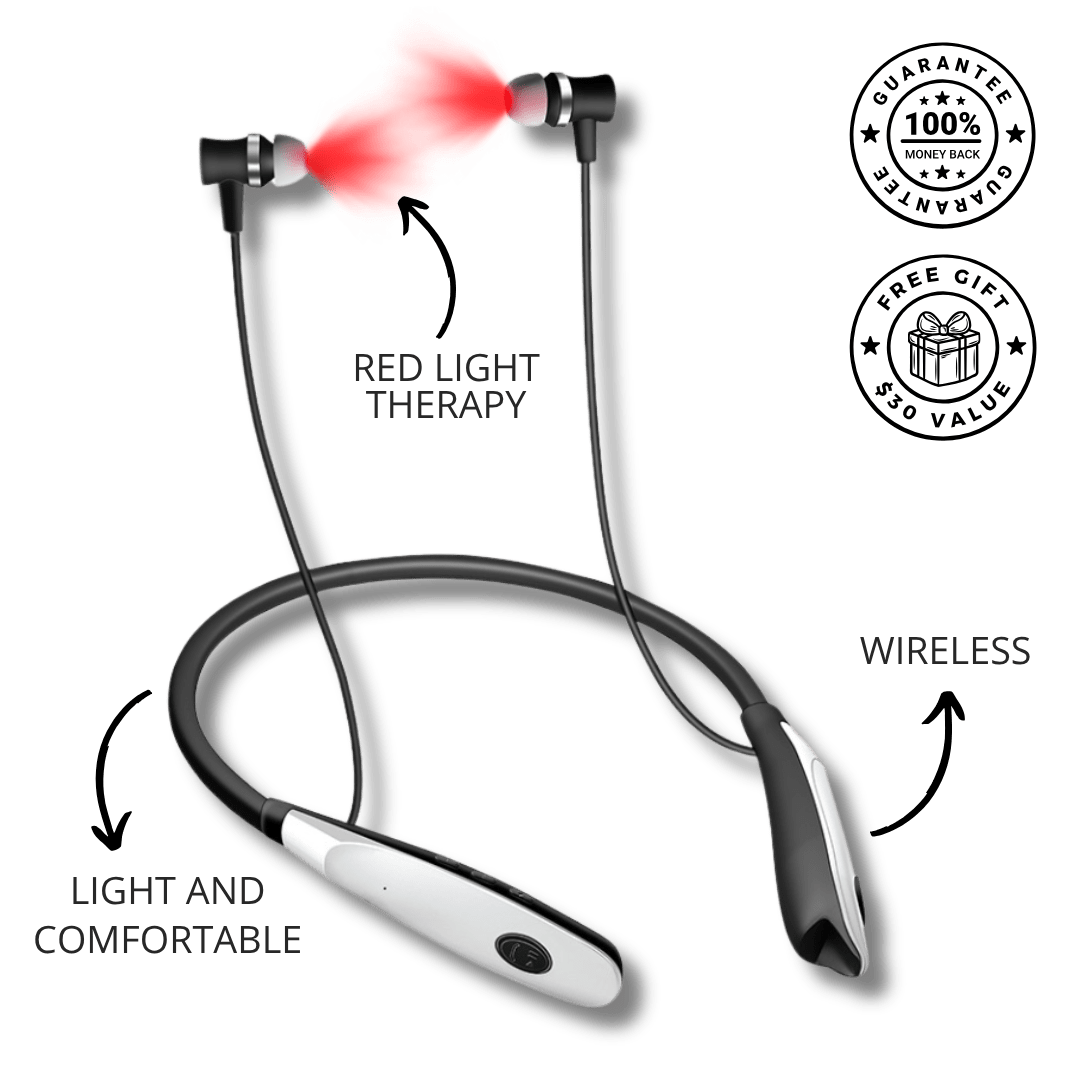
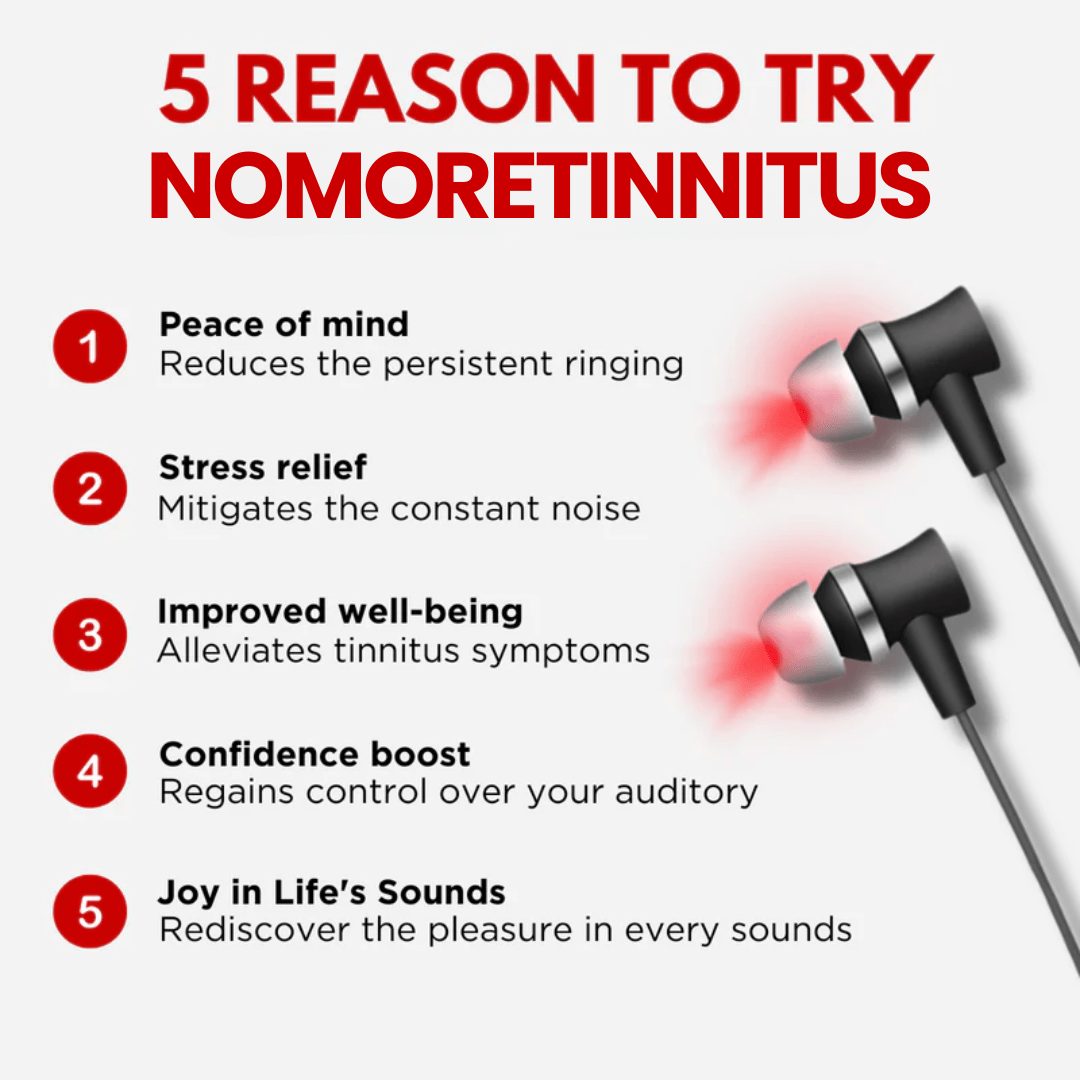

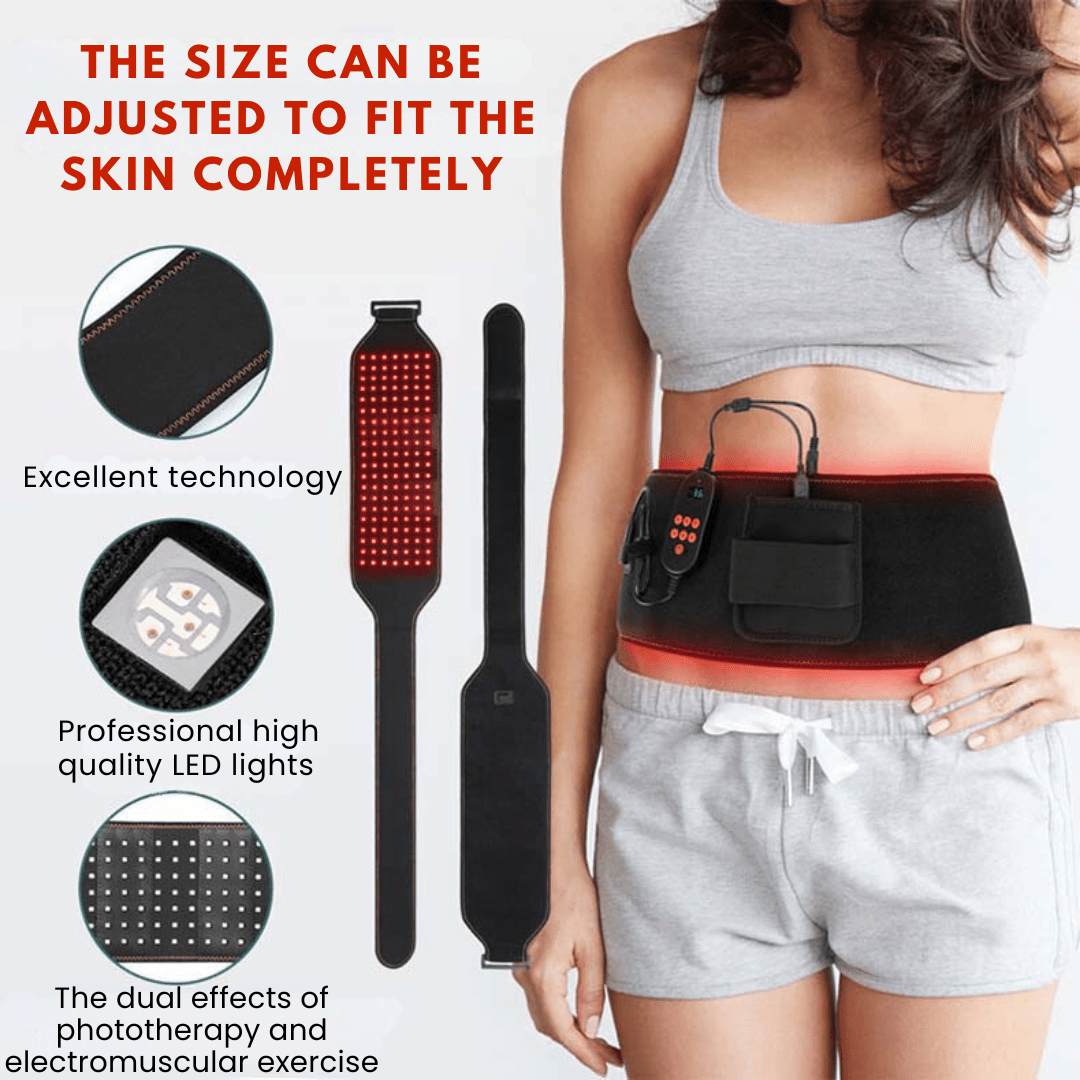
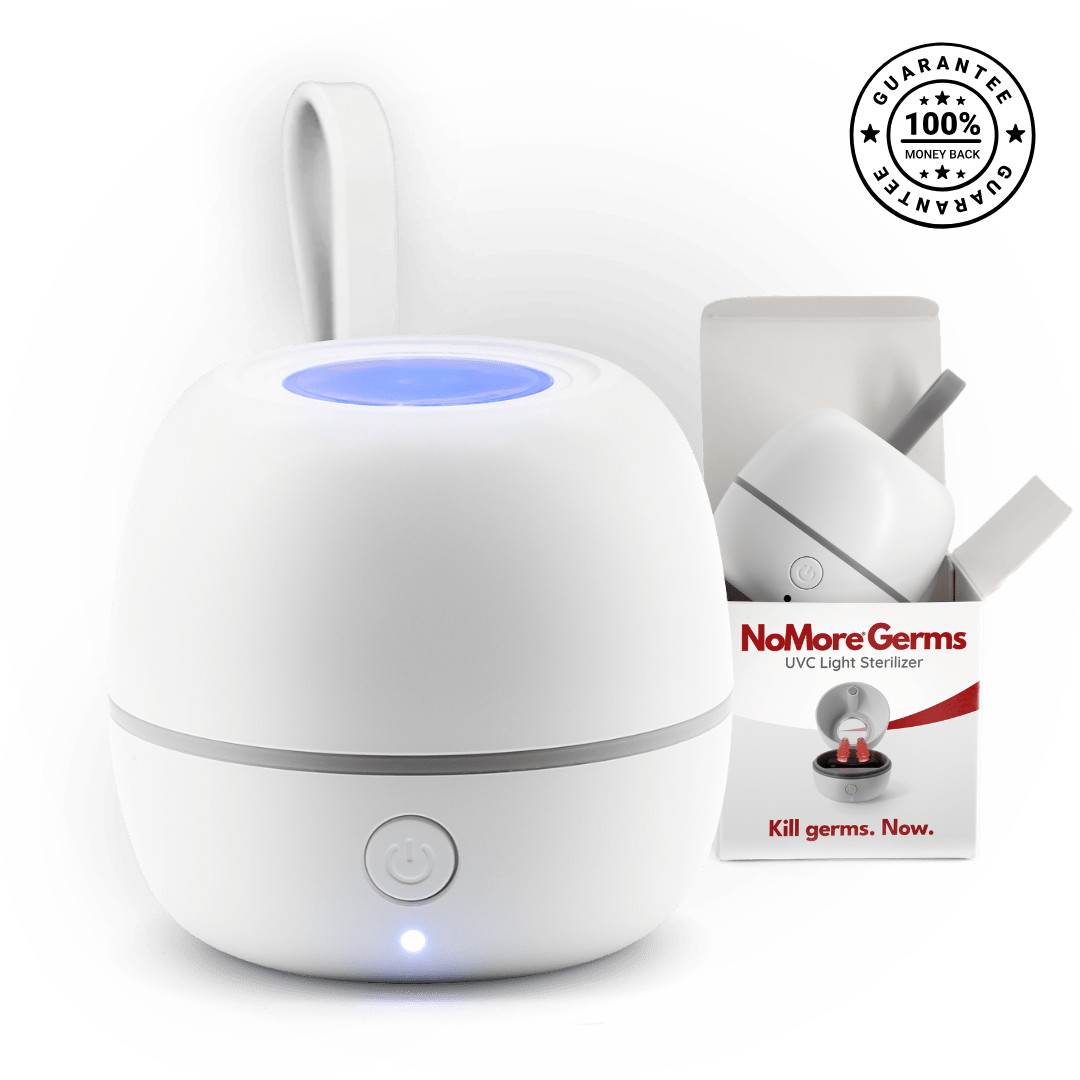
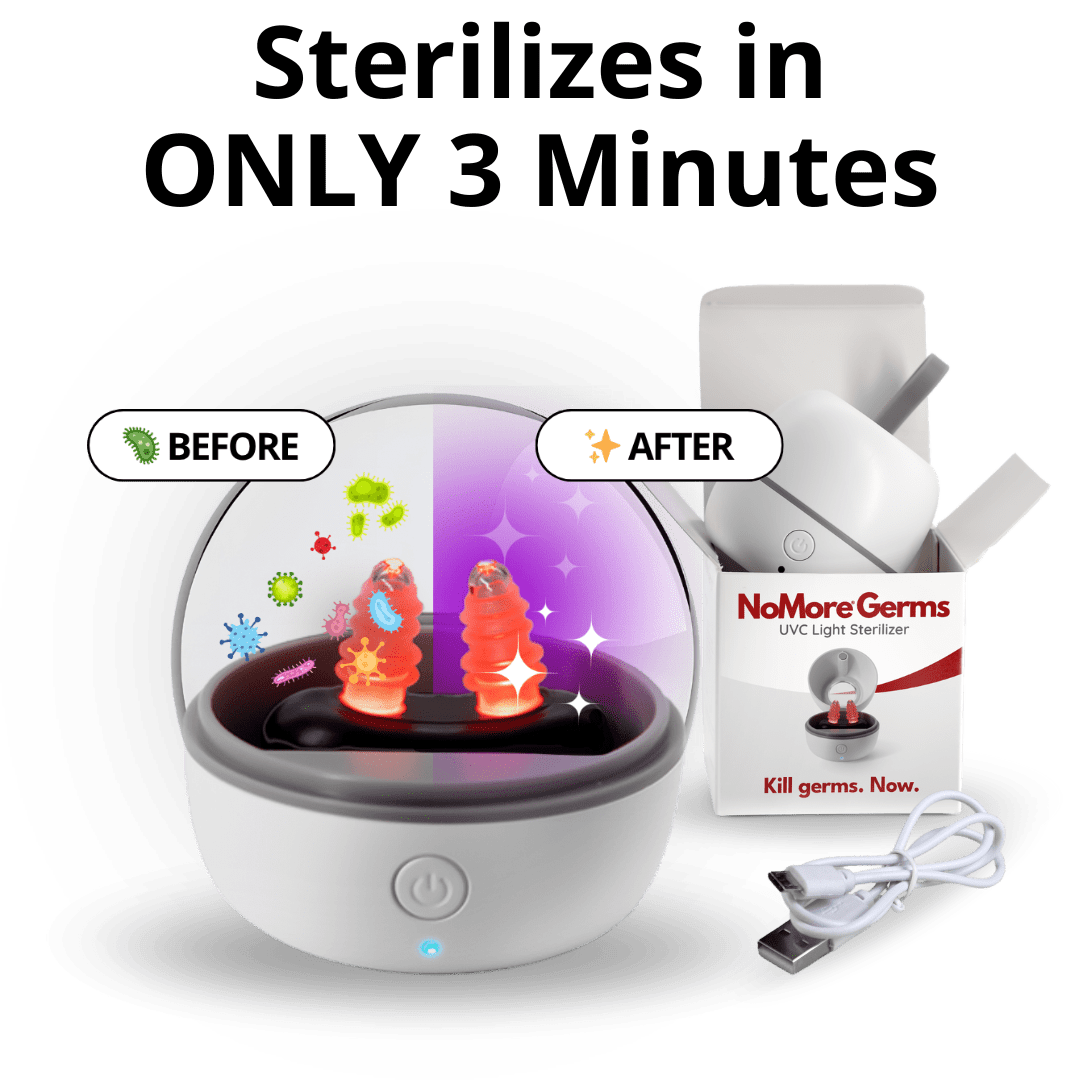
Leave a comment
This site is protected by hCaptcha and the hCaptcha Privacy Policy and Terms of Service apply.